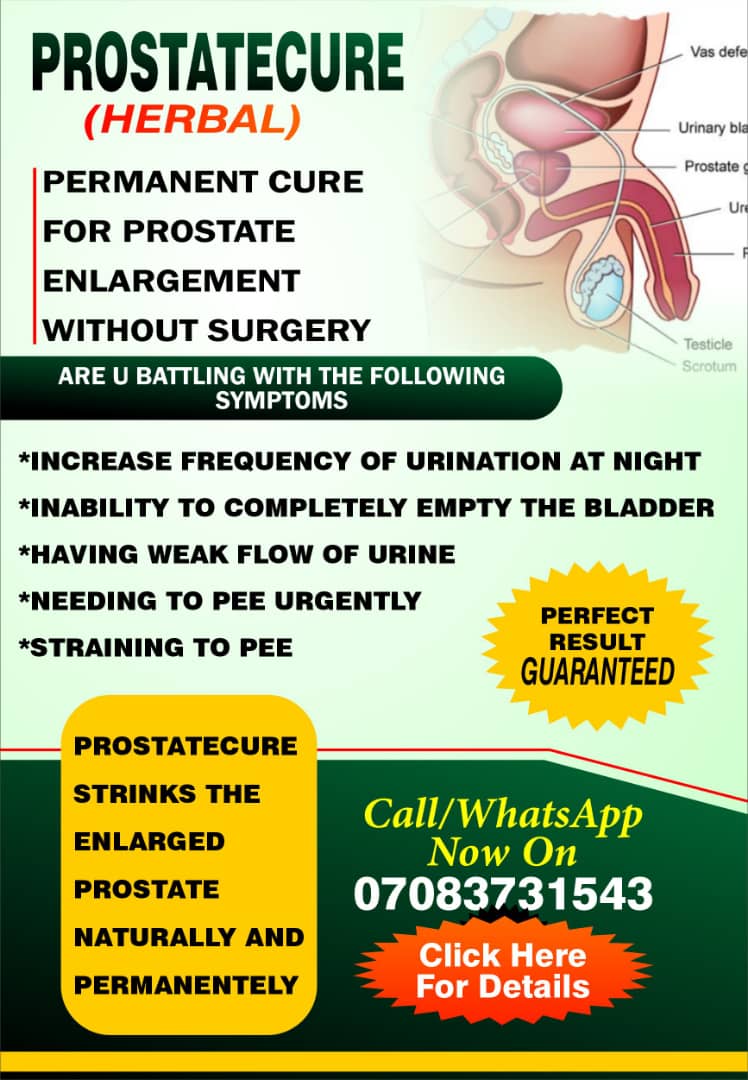

For some time now, the story of the economy and the marketplace has been that of disruptive changes that are reshaping organisations. Business leaders are weathering the storm and doing their best to maintain stability. Those with growth mindsets are with relevant strategies, embracing the challenges and making mastery of the situation. With mindset grit, these leaders have become entrepreneurs forging ahead with hard work in turning new pages of well-deserved growth.
Today, I want to focus on the human capital, organisations’ workforce value and how well it is keeping up with shifting markets and fiercer levels of competition. The question is, are we updating and enhancing it to keep up with the rising levels of competitiveness? Is the HR function, a critical component of running business being upgraded, enhanced or even replaced to fully perform its role?

Wayne Brockbank, a human resources expert, said we must “do HR for HR”. According to Wayne, we must build a strategic intent for the HR function. He recommended three separate but related aspects of the “new” HR function; namely: Strategic HR, HR strategy and HR in its usual role as employee champions.
In the dynamics of doing business today, HR plans can no longer be standalone plans. A diagnosis of the present day organisation makes it mandatory for business leaders to align HR priorities with business strategies. We must leverage HR practices to create, reinforce and sustain organizations’ needed capabilities because these capabilities must be managed to satisfy business goals.
Organisations must emplace a workforce that has the ability to anticipate and respond to change faster and better than competitors. Also, people, processes, structures and systems must be flexible to embrace challenges and persist in the face of setbacks. They must be developed through deliberate efforts and good teaching. They must also imbibe lessons and inspiration in success.
Goals of the HR function, capabilities of HR officials, preparedness and readiness, must be primed to accomplish organisations’ strategic goals. We should therefore measure HR function from the perspective of shared mindset to adapt to new challenges.
Also, HR leaders must have good knowledge of the business and be sufficiently equipped with the ability to support adaptability and change. Everybody in the organisation must feel the impact of their influence in this regard.
Professor Dave Ulrich, author of HR Champions, pointed out that HR professionals are required to manage three sets of activities. First, they must do strategic HR by turning business strategies into organizational capabilities, and organizational capabilities into actions, Strategic HR must help fulfil the promise of strategic decisions. The goal of this, is very significant because fulfilling promises helps organisations to develop successful relationships with employees, customers and other stakeholders.
Secondly, HR strategy must craft a specific point of view for the HR function by way of explicit vision, mission and mindset that enables employees within and outside the HR function to understand “HR function’s purpose”. Thirdly, HR professionals must work hard to truly live the notion that they are committed, useful and strategic business partners.
Another reason for “shift in the HR function” is the result of a recent research that calls for drastic adaptation of corporate cultures. In his book: Execution and Exploration Culture, Charles O’Reilly noted that “culture can make you successful but in this world of change that same culture can make companies fail because it stopped them from being innovative.”
Corporate culture is critical to executing strategy especially in the present day marketplace of “explore and explore”. No wonder, corporate culture has become a competitive advantage that leaders with growth mindsets must leverage.
But with the challenges in the marketplace, how do we adjust? Corporate culture must be strategically relevant, and widely shared for it to be well imbibed. The workplace must be primed to adapt, value innovation, be willing and ready to experiment and also allow some risk taking. It is only a strategically aligned culture that can build strong relationships, drive higher revenue growth, higher market penetration and “on point” recommendations for improved sales and non-stop patronage.
The bottom line of corporate culture is for it to act effectively as a social control system in the workplace. If this is not very well-managed as it is usually the case, this control system can undermine the ability to effectively execute corporate strategy.
No wonder, painstaking and well-choreographed efforts for the workforce to imbibe teamwork, collaboration, integrity, accountability, adaptation and innovation have often failed.
We must therefore drive corporate culture not just as values but as patterns of behaviours. That is, set of expectations about behaviours. So that we can now have culture not just as values but patterns of behaviours. For instance, how we select people, how we train them and how we promote them. These patterns of behaviours can be reinforced on a daily basis by bosses, colleagues and systems.
To achieve maximum benefits between strength of culture and performance, the patterns must be strategically aligned. The fact that the culture is strong does not mean it will drive performance, revenue growth and total shareholders’ return.
It is the responsibility of strategic HR to revise corporate culture. We must adapt corporate culture to align with everyday draw-downs of innovation and ambidextrous frameworks. Culture must drive innovation from the ambidextrous point of view, marketplace competitiveness, differentiating values, learning and adaptation.
I will always give kudos to the HR function because it facilitates workforce effectiveness and progress along desired course.
READ ALSO FROM NIGERIAN TRIBUNE








